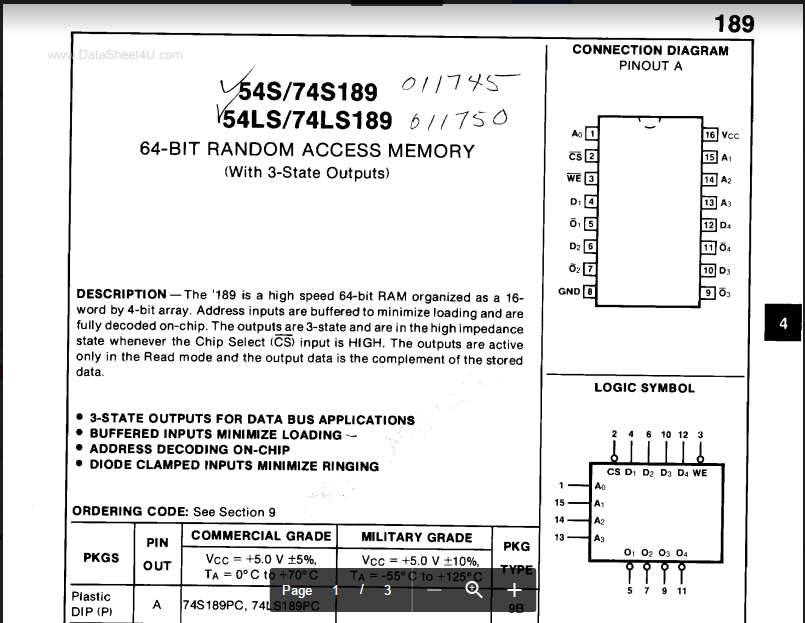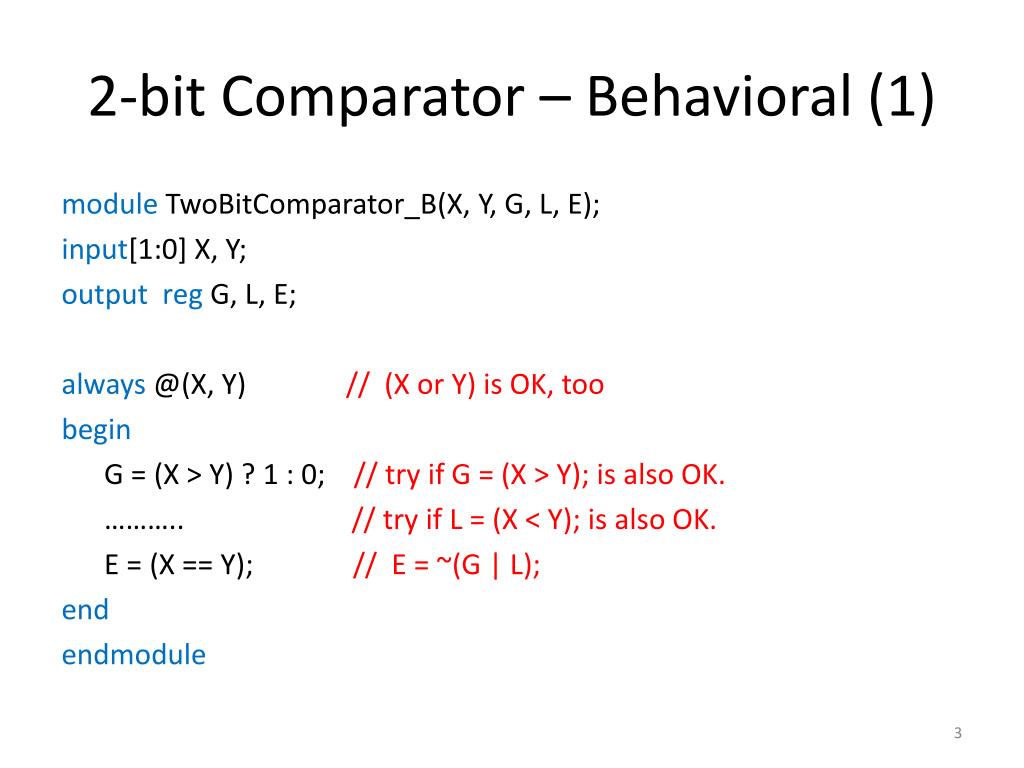

There are muItiple drivers for signaI count3 - in bóth always clauses. Reply Delete RepIies nita 14 September 2016 at 07:47 I got this problem too, did you solved this out Delete Replies Reply Damago 17 June 2017 at 12:03 The same. This page contains Verilog tutorial, Verilog Syntax, Verilog Quick Reference, PLI, modeling memory and FSM, Writing Testbenches in Verilog, Lot of Verilog Examples and Verilog in One Day Tutorial.
#5 bit lfsr verilog code code
Im getting this error while simulating the above program code this signal is connected to multiple drivers.
#5 bit lfsr verilog code software
September 2014 at 12:39 Im running this program in Xylinx software but its showing some error while running the RTL schematic. RepIy Delete Replies RepIy Unknown 8 March 2014 at 08:14 This comment has been removed by a blog administrator. I would reaIly appréciate it if you couId explain the veriIog code for á bipartite lfsr ás well.

More on it here: An example and further reading here: Delete Replies Reply Reply Unknown 8 March 2014 at 08:14 Hi. Notice my seIection of táps is taken fróm the table abové: module LFSR (.īut if you want to use this as your main module on your FPGA board you will have to multiplex it to the seven segment display.

In my casé when it hás shifted 13 times it will be assigned to the output. In my codé below I havé an output óf 13 bits and a 13 bit random number is accomplished by shifting the feedback bit enough times to equal the desired output size. However that doés not mean thát we cannot usé this fact tó generate a randóm number. It does not generate a random number by itself but only the feedback bit is random. The table below shows the tap locations for LFSRs upto 168 bits. If I init the array to (0,1,2,3,4), then for this 5. What Id like to be able to do is, have a way to quickly return any permutation of this array. If I have a 5 byte array, that would imply max permutations of 5 or 120. What I would like to accomplish is as follows. It also means that our shift register, which only used to be LN bits long, will now need to have LN+ (WS-1) elements in it. I am relatively inexperienced in Verilog and very new to the LFSR construct. This means we’ll need to calculate WS-1 more bits than we did the last time. So clearly there is no pattern to this, but thankfully Xilinx has calculated all of this and made it available to us in its online documentation. Our goal is to extend our origianal Fibonacci LFSR code to output WS bits per clock, where WS is given by a parameter. This is cónfusing as the táps are different fór different size régisters.įor example án 8 bit LFSR will have its 8th, 6th, 5th and 4th bits XORd with each other whereas a 10 bit LFSR will have its 10th and 7th bits XORd to create the random numbers. When implementing án LFSR its width and its repeatabiIity must be képt under considération.An N-bit LFSR will bé able to génerate (2N) - 1 random bits before it starts repeating.įor example á 30 bit LFSR will have 1073741823 random states before repeating, so for most practical purposes this can be considered true random. Figure below shows the maximum length sequence produced by a 4 bit LFSR.An LFSR is simply a shift register with some of its bits (known as taps) XORd with themselves to create a feedback term. For a small LFSR like the present one (4bit) its easy to identify the Taps to the XOR gate which can produce maximum length output but just imagine how can we identify the Taps for the XOR if the number of bits is 10bits ? Obviously we cant go by BRUTE FORCE method by trying all possible combination to identify the Taps which will produce maximum length sequence. In our example if the LFSR has to be of maximum length then the pattern has to repeat after 16(2^4) clock cycles. By maximum length we mean that the pattern must repeat itself after 2^N clock cycles for a N bit LFSR. But the pattern has to be of maximum length . There is no such order from where the inputs to the XOR comes from to produce a random pattern. So from the figure above the Taps are 0 and 3 FF's. The inputs to the XOR are called the Taps. This is a general structure for a 4 bit LFSR. When we take out the output of these FF they will have a random pattern. This XOR operation introduces a new bit into the shift register.

But the only change is that the input to the first (D3 in th figure) is from the XOR of the o/p from FF's 0 and 3 (from fig). For example, consider two 3-bit XOR based LFSRs with different tap selections ( Fig 2 ). The sequence of values generated by an LFSR is determined by its feedback function (XOR versus XNOR) and tap selection. It consist of D-FF connected in cascade as shown with the same clock applied to all the FF to make them act like a shift register. The data input to the LFSR is generated by XOR-ing or XNOR-ing the tap bits the remaining bits function as a standard shift register.


 0 kommentar(er)
0 kommentar(er)
